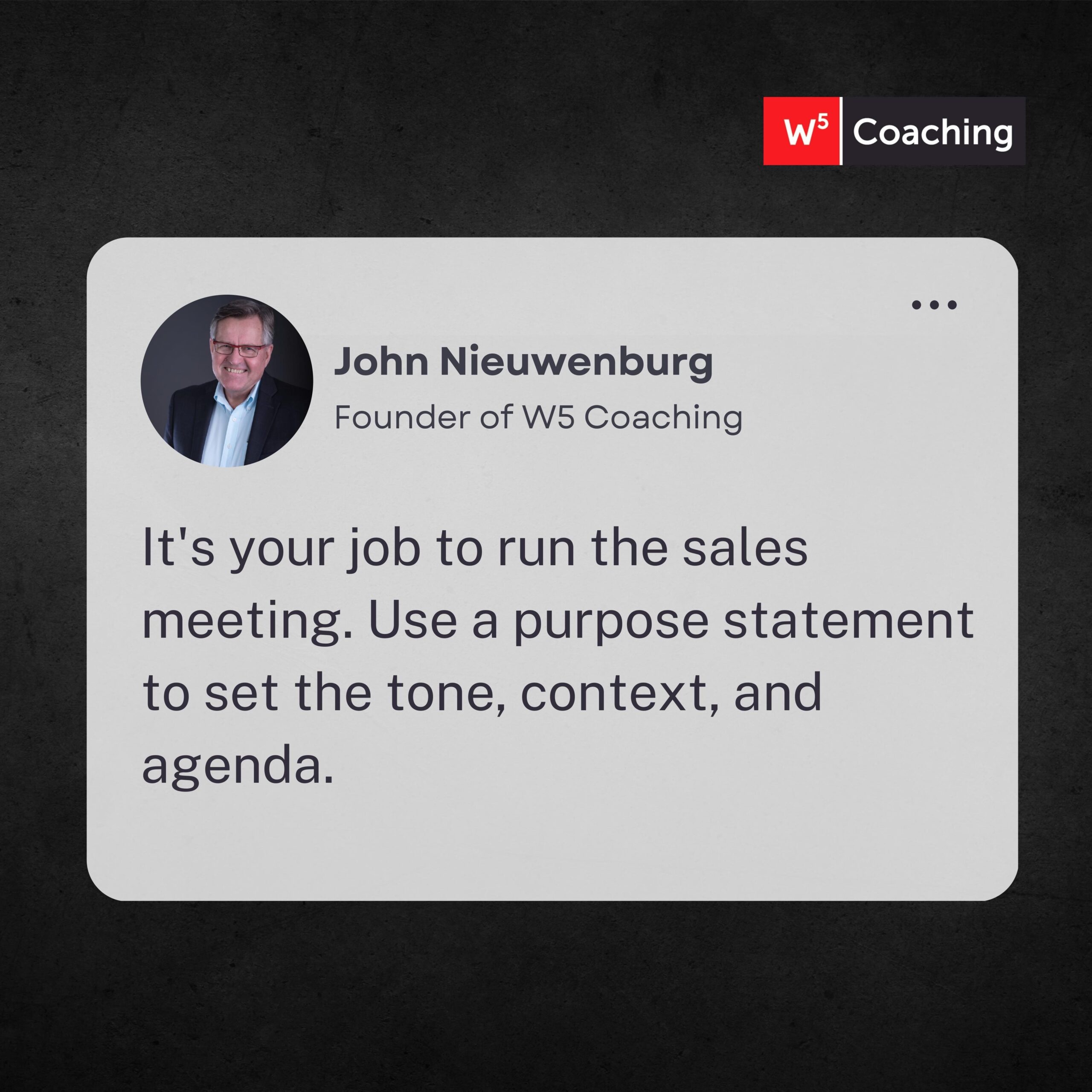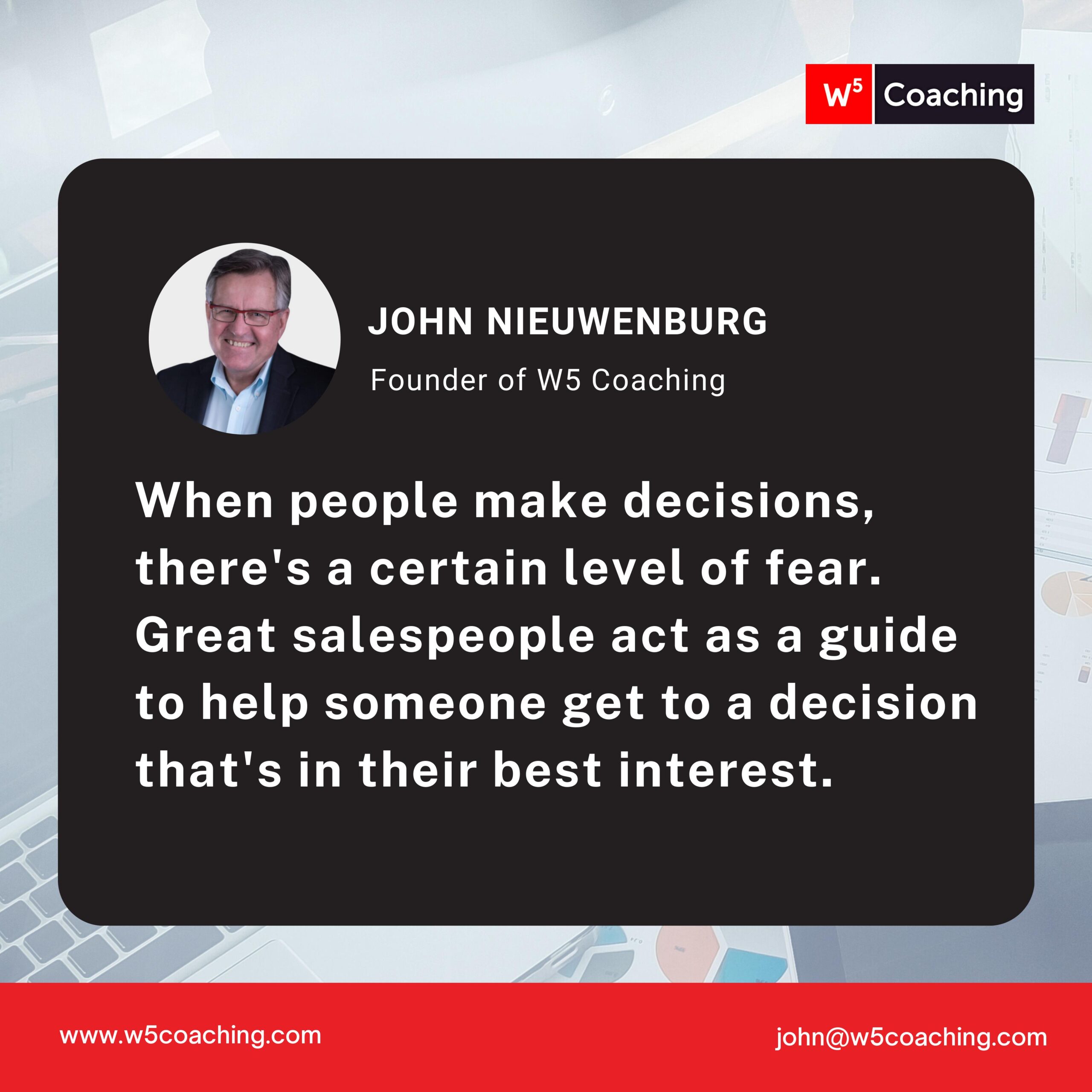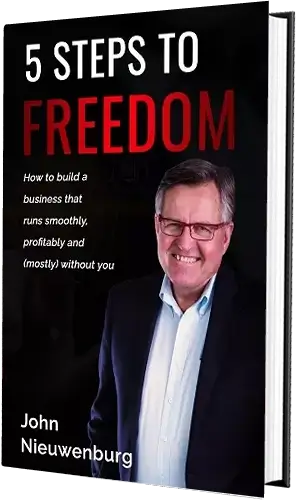The Key to Sales Success: How to Conduct an Effective Sales Conversation

Growing up, my dad was a foreman at a chicken processing plant.
And like any good parent, he was always looking for ways to bring home a little extra cash for his family.
One day, he noticed that many of the chickens they brought in laid eggs on their way to the plant.
So, he got permission to collect the eggs each day and bring them home.
Some days, we had as many as 90 dozen eggs!
Then it was up to me and my brothers to go door to door and sell the eggs. It wasn’t exactly my idea of a good time.
A couple of my brothers really enjoyed this and were good at it. But me? I hated it. I was never comfortable with the idea of banging on strangers’ doors and asking them to buy something from me.
This sales reluctance followed me into my first retail job selling men’s clothing. I just wasn’t comfortable with selling. Perhaps you can relate to this – many of my clients can.
Later in life, I learned that I’m an introvert. And for introverts like me, selling doesn’t come naturally. But that doesn’t mean we can’t learn.
Fast forward to today, and I enjoy selling. I’m comfortable with it, and I’m good at it!
What changed?
There are 3 A’s to success in any endeavor: Attitude, Acumen, and Activity.
Attitude is your mindset, acumen is your skill set, and activity is all about taking action.
Today, let’s focus on Acumen. Specifically, how to conduct an effective sales conversation.
It’s been my experience that having a set process that is proven to work can go a long way towards making you more comfortable with sales.
It can also make you a whole lot more money!
Here’s how you do it.
See the situation from your prospect’s perspective
When your prospective customers meet you for the first time, they have five things on their mind that they want to know.
- Salesperson: Who are you? Do I like you? Can I trust you?
- Company: Can your company help me?
- Product/Service: Does the product or service help me?
- Cost: Is the price right for the value I get?
- Time to Buy: When do I need to make up my mind?
It’s your job to answer those questions for them.
Set the agenda with a purpose statement
 When you talk to salespeople, you’ll get quite a debate about who should present first.
When you talk to salespeople, you’ll get quite a debate about who should present first.
Some believe you should start by asking questions and giving the prospect the opportunity to talk first.
I’m a strong believer that we should go first.
Personally, I hate it when people begin by asking me questions. I’m not willing to answer until I know if the person I’m speaking with is qualified to help me.
I recommend that you begin each sales conversation with a purpose statement.
Your purpose statement sets the tone and context for the meeting.
I begin mine with this question:
“Would it be OK with you if I outlined how I’d like to spend our time together today?”
When I do this, prospective clients not only agree – they often visibly relax. They don’t have to worry about how the meeting will go.
Then I share the agenda:
- First, I’m going to tell you about my background and qualifications to be your coach.
- Then, I’m going to describe the W5 coaching philosophy and system I use to get results for people just like you.
- From there, I’m going to ask you a lot of questions about your business to see where we’re starting from.
- Then, if we both see the value in working together, I will outline the various programs and level of investment and if that makes sense, we’re going to pick one and get started today.
Would it be OK if that’s how we spent our time together?
Why this works so well
It relaxes your prospective client by taking the mystery out of the conversation.
They know what to expect, they understand their role, nothing is hidden.
Notice, too, how presumptive it is. I’m already talking about being their coach, getting results for them, and starting today.
But I’m doing that in a very polite way. I’m not forcing it down their throat, I’m asking for permission.
When you conduct your sales conversations in this way, you lay down a smooth path for yourself.
As you follow your agenda, each part feels normal and natural.
There are no awkward transitions, you simply move from one step to the next.
How to conduct the call
 Begin the call with some rapport building. Find a point of commonality – the weather, a hobby, or a current event – and chat for a moment or two.
Begin the call with some rapport building. Find a point of commonality – the weather, a hobby, or a current event – and chat for a moment or two.
Don’t spend too long here! I find 90 seconds is about right for this.
Then review your agenda and get permission to lead the call.
After sharing about yourself, your company, and your process – ask if they have any questions. 99% of the time the answer will be no. You’ve now earned the right to ask questions because you qualified yourself as an expert.
Now you’re ready to transition to talk about their concerns. I ask something like “Why did you agree to meet? What is going on for you and your business?”
They’ll tell you about their pain points and you’ll provide some insights into solving them. In my program, we call these insights “silver bullets.”
Watch for buying signals
As you listen, watch for buying signals.
This is often a shift in body language, a tilt of the head – they look at you differently.
Then they’ll say something like “How do you work with clients?”
When you hear that question, they’re ready to buy. They see that you can help. They’re ready to move on.
Most people are really bad at catching this. They spend way too much time talking.
When you hear a buying signal, transition to talking about working together.
Offer options
Lay out your programs. I recommend having 3 options: bronze, silver, and gold.
Then take one off the table. You might say something like “based on the scope of what we talked about, the bronze beginner package isn’t going to be right for you. Of the remaining 2 – silver or gold – which do you like?”
Then shut up.
Give them a chance to think.
Many inexperienced salespeople get uncomfortable with the pause and start talking again – which takes away everything they’ve been doing to get to this point.
When they say yes, finalize the sale. Don’t give buyer’s remorse a chance to set in.
Get them started, sign the agreement, take the credit card details.
This process works – try it!
If you’re struggling to conduct effective sales conversations that actually convert prospects into clients, then it’s time to change your approach.
First, you need to understand the five things that your prospective clients are thinking about when they meet you for the first time.
Then, set the agenda with a purpose statement to create a clear path for the conversation.
Once you have their attention, ask the right questions, listen for buying signals, and offer options.
Finally, don’t hesitate to close the deal and get started on helping your clients achieve their goals.
Take the outline I shared in this article and adapt it to fit your business.
If you need help improving your sales skills, it’s one of my specialties as a business coach. You can book 15 minutes on my calendar to discuss coaching here: book a call with John

Build a Self-Managing Company
How to build a business that runs smoothly, profitably, and (mostly) without you.
Feeling stressed out and overwhelmed with a business that is taking all your time - and not giving you enough in return?
Are you finding it challenging to hire the right team (and get them to do the right things)?
I wrote this little guide for you!
Enter your details below to receive your free copy!
